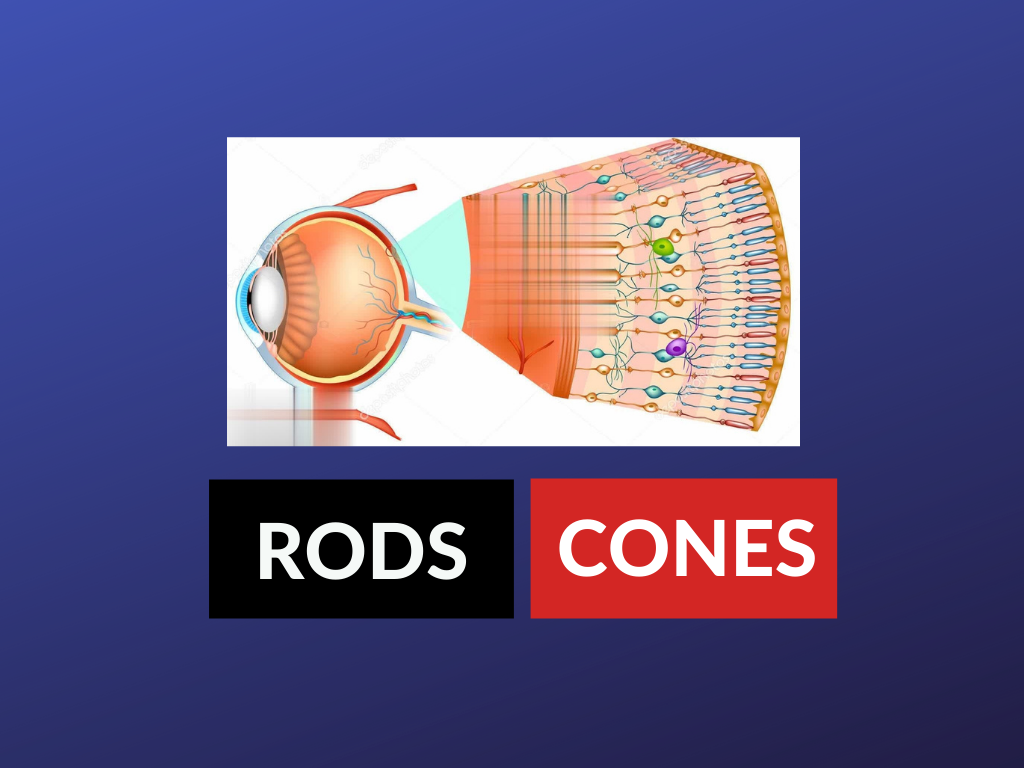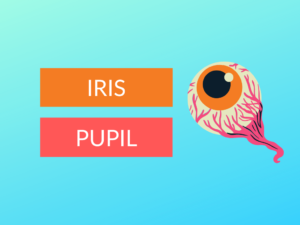Rods and cones are the two types of photoreceptors in the human retina.
Rods are in charge of vision in low light conditions (scotopic vision). They have poor spatial acuity and do not mediate colour vision.
Cones are active at higher light levels (photopic vision), have colour vision, and are in charge of high spatial acuity.
Firstly we will know the basics of senses and briefly the differences of rods and cones
We enjoy the beauty of nature with our eyes, the melodious music with our ears, the fragrance of flowers with our noses, the taste of food with our tongues and feel the cool breeze on our skin. What to we do when suddenly bright light falls on our eyes or a hot utensil is touched by chance? All these situations show just how our senses pick up information and react to them.
Our senses are not just part of us, they define us. This is because nothing that we experience in our lives, from the most important to the most boring, would be possible without the intricate power of our senses.
Eye:
Vision helps us to detect desired targets, threats and changes in our physical environment and to adapt accordingly.so, how does the visual system accomplish this? The retina contains the cells, called rods and cones.
The real work in the retina is performed by light-sensitive cells known as photoreceptors. These photoreceptors consist of two different types of specialized cells, the rods and cones that absorb light energy and respond by creating nerve impulses.
But why are there two sorts of photoreceptors? Our eyes function sometimes in near darkness and sometimes in bright light. These two types of processors involving distinct receptor cell types named for their shapes have evolved for this purpose.
Rods:
Nearly 125 million tiny rods containing pigment rhodopsin ‘see in the dark that is, they detect low intensities of light at night, though they cannot make the fine distinctions that give rise to our sensations of colour.
Cones:
Making the fine distinctions necessary for colour vision is the job of the nearly seven million cones containing the pigment iodopsin that come into play in brighter light. Each cone is specialized to detect the light waves we sense either blue, red or yellow and the array of colours formed by their combinations. They concentrate most in the very centre of the retina, in a small region called the fovea, which gives us our sharpest vision.
Differences Between Rods and Cones:
| Rods | Cones |
|---|---|
| Meaning | |
| Rods are one of the photoreceptors found in the eye, these have rod-like structures and provides twilight vision. | Cones are also photoreceptors present in the eye, they are fewer in number and are of the cone shape |
| Location | |
| Rods are usually located around the boundary of the retina. | Cones are usually located in the center of the retina. |
| Count | |
| Rods are about 125 million photoreceptors in the eye. | Cones are nearly 7 million. |
| Segmentation | |
| The outer segment is cylindrical of rods that contain rhodopsin pigment made up of vitamin A | The outer segment is conical of cones that contain iodopsin pigment. |
| Color vision | |
| Rods cells don't give any color vision, and they don’t have any differentiation. | Cones give color vision and they are of three types: green, blue, and red. |
| Pigmentation | |
| Lack of the pigment rhodopsin which is present in rods may cause night blindness. | Lack of pigment iodopsin which is present in cones may cause color blindness. |
Bottom line:
As a result of the preceding discussion, We learned about the two major components of the eye, which allow us to see in bright and dim light and distinguish between different colours. The two photoreceptor cells differ significantly but also share some similarities. They do, however, work toward the same goal, which is the vision.
Further related reading:



